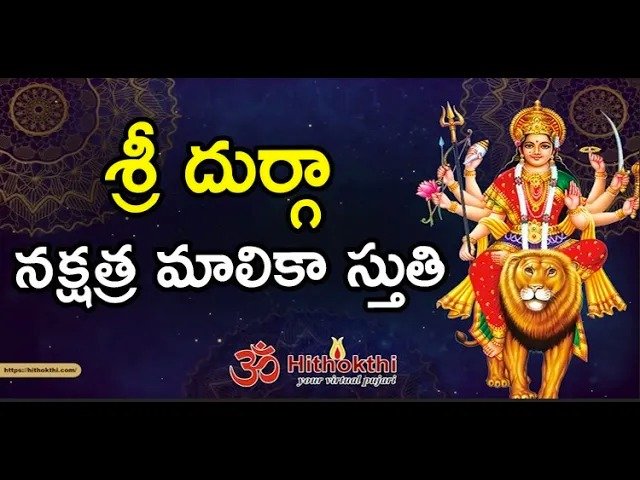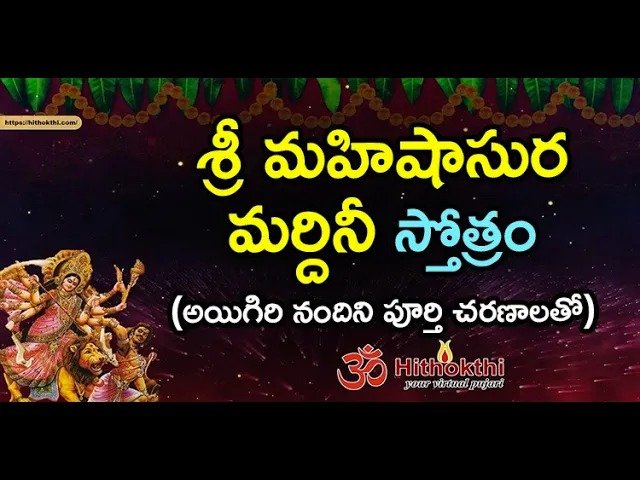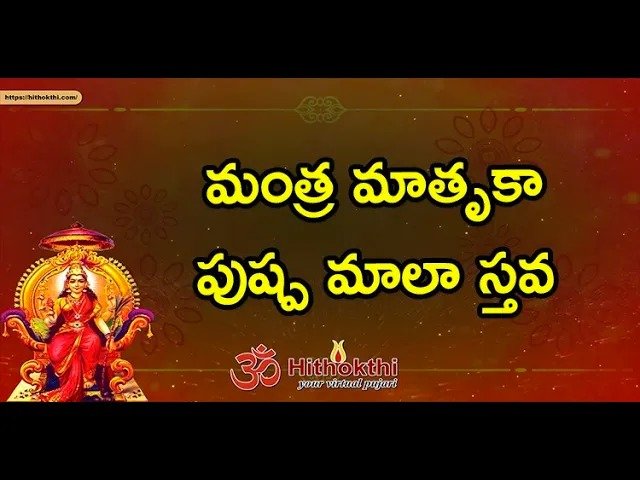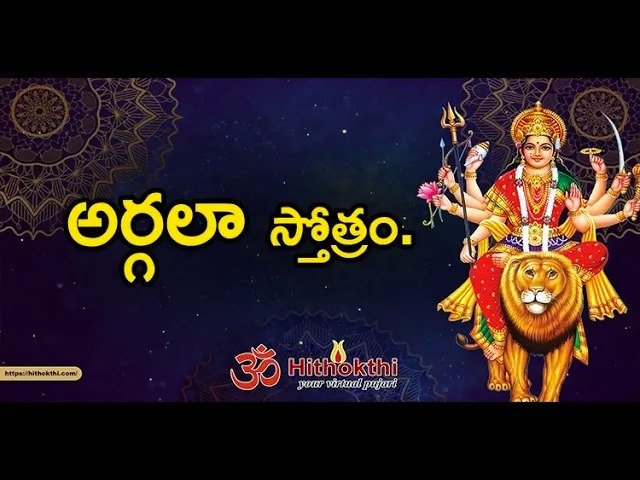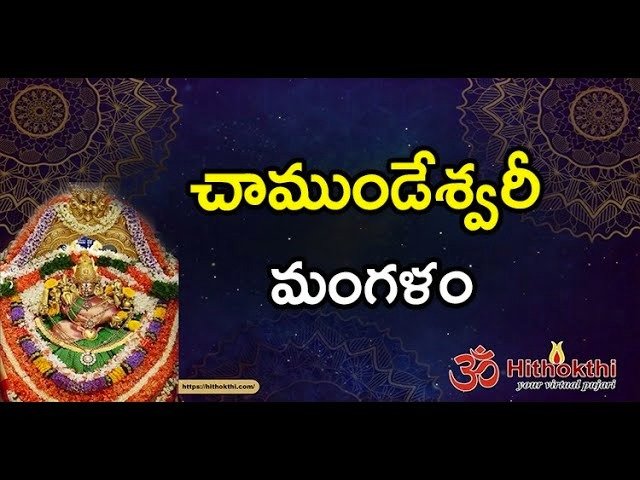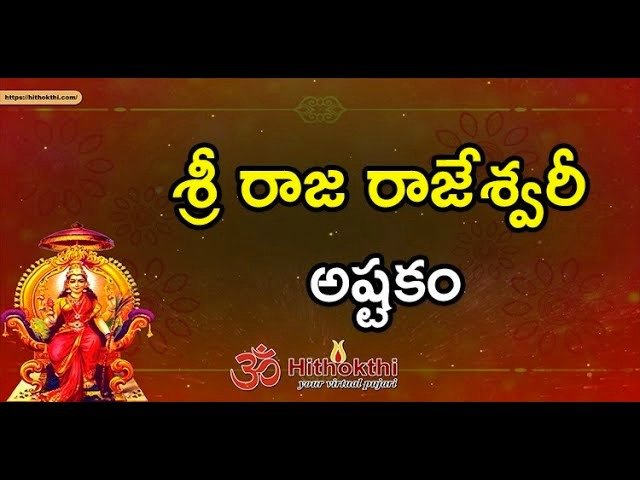Of Vigor and Ardency

New Delhi, June 28, 2013: An alumna of Chennai’s Kalakshetra, Priya Srinivasan, a disciple of Leela Samson, has the foundation, the stage presence and the support structure required for a bright future in the dance. With a packed India International Centre auditorium applauding every move on the stage, it was obvious that her background has ensured for her a ready audience clientele for her Bharatanatyam. What her ebullient dancing however needs is a more reposeful inner centering, taking away from the feeling of mercurial restlessness her dance sometimes has.
The alaripu start in Tisra Ekam, while correct in line and profile, has yet to find that subtlety in a sundari head shake, an eye glance or a shoulder movement, which points to more controlled elegance of an experienced artist. Based on Rukmini Devi’s choreography, the varnam in Dhanyasi “E Maguva” started in the pallavi with the right blend of persuasion and complaint in the nayika asking the Raja Bhoopala king who provides all protection as to who that beautiful girl could be who has poisoned his mind against her. “Why this anger, my Lord?” asks the nayika who has always trusted and looked up to him alone.
Priya has an expressive face, and the nritta bits with Sudarshini’s nattuvangam were neatly rendered. Again, while technically correct, abhinaya nuances are a matter of more maturity with the years and experience.
This critic missed the quality of stillness in the padam “Mogadochi Pilachedu” in Sahana, where the tenderness of bidding farewell to Krishna, the nayika’s loved playmate, was portrayed, but without enough of the suggestion of a third unseen presence (“Bottu Kattina Vadu”) waiting impatiently for her – for the husband to whom she was pledged in wedlock when but a child has come to claim her to start their wedded life. While saying her farewell to Krishna, she promises that like the lotus looks up to the sun so far away, distance will not take away from her mind images of the shared joy with Krishna. The idea should be convincingly conveyed in the abhinaya of three persons involved, even while only two are in interaction.
Priya had a fine singer in V.B. Srividya who had good diction and classical weight in her vocal support, while being unobtrusive without drawing attention to herself. The verses from Kumarasambhavam, choreographed by Leela Samson, bringing out the regal effulgence of Shiva on his wedding day should have been done at a slower pace. Turning down the grandeur of brocades and silks presented by Parvati’s parents, preferring his ash-covered body wrapped in a tiger-skin, garlanded by snakes, Shiva majestically rides the Nandi vahana in the marriage procession, while the Gods from up above admire this splendour. Priya’s rendition became too hurried to savour the majesty of the scene.
The best item suiting the dancer’s personality was the Surdas bhajan “Boojhat Shyam Kaun tu Gori” in Pilu, choreographed by Leela Samson. Krishna accosting Radha for the first time wanting to know her identity, and Radha’s pert answers came out with charming conviction in Priya’s abhinaya.
Veena Krishnamachariar’s well known Natabhairavi tillana, composed specially for Rukmini Devi and Kalakshetra, formed the conclusion.
Vetri Bhoopati’s mridangam and Rakesh Prasanna on the flute (who also was responsible for the melodious musical interlude, while Priya changed into another costume after the varnam) provided commendable support.
Source: The Hindu, DT. June 28, 2013.

